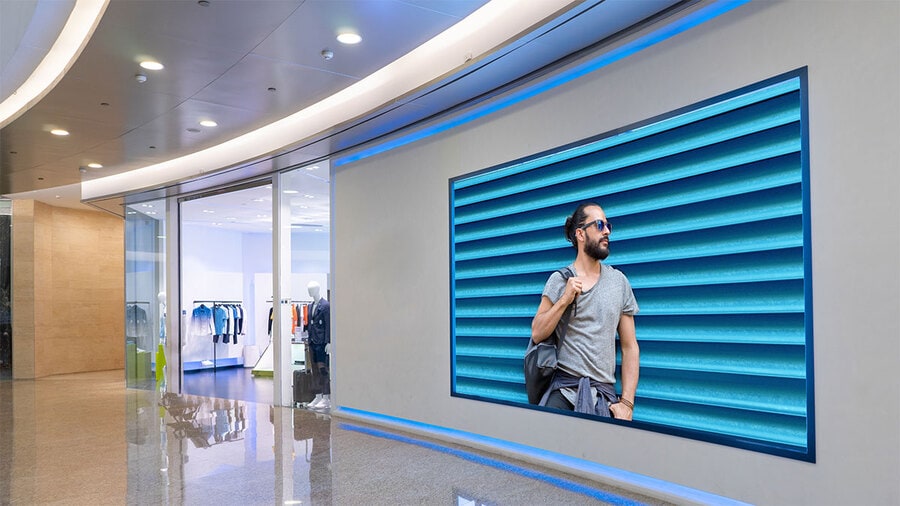Mastering the Art of Hue Calibration for Stunning Imagery on LED Walls
Wiki Article
Hue tuning is an crucial procedure for attaining breathtaking images on LED walls. Light-emitting diode screens are commonly used in various settings, such as musical events, conferences, and promotional presentations. These screens are made up of numerous tiny LED lights that produce pictures and footage. However, if the colors are not adjusted properly, the images can appear flat or distorted. Hue tuning guarantees that the hues shown on the light-emitting diode screen are precise and lively, improving the overall viewing experience.
The first step in color calibration is understanding the color space. Color space refers to the range of hues that can be displayed on a screen. Different equipment, such as cameras and monitors, may use different color spaces. Common color spectra include sRGB, Adobe's RGB, and Digital Cinema Initiatives P3. Understanding which hue spectrum the light-emitting diode screen uses is vital for proper calibration. This understanding helps in adjusting the colors to match the desired result, guaranteeing that the images appear as they were intended to be viewed.

Next, using a hue tuning tool is vital for achieving accurate outcomes. These devices can be physical instruments or software applications designed to measure and adjust hues. A color measurement device is a commonly used hardware tool that assesses the hues shown on the LED wall. It provides data on how the colors look compared to the reference values. By using helpful resources this data, modifications can be made to the LED wall settings, such as luminosity, differentiation, and hue equilibrium. This process helps in aligning the displayed colors with the desired color standards.
Another crucial factor of color tuning is surrounding illumination consideration. The lighting in the environment where the LED wall is situated can greatly influence how hues are seen. For instance, intense ambient light can wash out colors, making them appear less vibrant. Therefore, it is crucial to assess the lighting conditions before tuning the light-emitting diode wall. Modifications may need to be made to the screen's luminosity and differentiation configurations to counter for the ambient illumination. This ensures that the hues stay bright and faithful to their desired appearance.
Finally, regular maintenance and recalibration are necessary to keep the LED wall performing at its best. Over time, the colors on the LED screen may deviate due to elements like aging components or changes in the environment. Regularly scheduled calibrations help to maintain color precision and uniformity. It is also advantageous to maintain a log of tuning settings and outcomes. This documentation can assist in spotting trends or problems that may occur, enabling for prompt modifications. By focusing on hue tuning, operators can ensure that their LED screens provide breathtaking images that engage audiences.